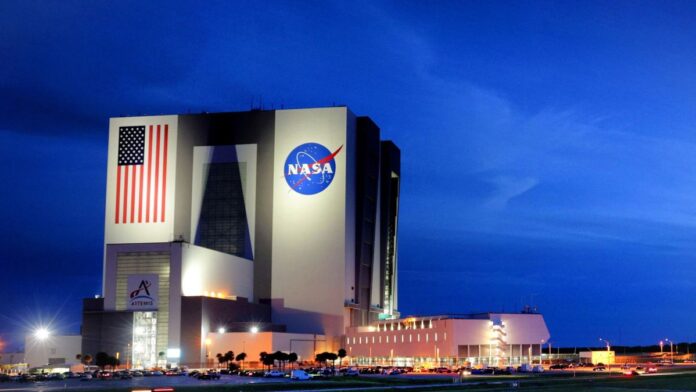NASA closed out 2022 with a bang.
The completion of the space agency’s Artemis 1 mission, the successful first launch of its new Space Launch System (SLS) rocket and the return of the uncrewed Orion capsule after its trip around the moon, put a nice bow on the end of NASA’s year in 2022.
Former Senator and current NASA Administrator Bill Nelson said as much in a recent video released by NASA at the start of the new year. “’22 will go down in the history books as one of the most accomplished years [in] all of NASA’s history,” Nelson says, adding that last year has kicked off a “golden age of space exploration.”
The video is called “NASA in 2023: A Look Ahead (opens in new tab)” and it serves as a teaser for some of what to expect from the space agency in the coming year. In it, Nelson highlights the upcoming TEMPO climate satellite, and mentions “game-changing aeronautics developments” in his narration over images of NASA’s X-59 “low-boom” supersonic jet and the X-57 all-electric plane prototype. And, with a sweeping shot of the current astronaut selection pool, Nelson says 2023 will be the year the crew for Artemis 2 will be chosen.
Related: ‘We’re in a space race.’ NASA chief says US ‘better watch out’ for China’s moon goals
“And there’s a lot more coming,” Nelson adds before the background music takes the video into a montage of notable space achievements to lookout for over the next year. To NASA’s credit, there’s a good reason they made this video, as there are plenty of major spaceflight, astronomy and aeronautics developments planned for 2023.
The first crewed flight of Boeing’s Starliner spacecraft is slated for April, which will add a second U.S. option for ferrying astronauts to the International Space Station (ISS). OSIRIS-Rex, NASA’s asteroid sample return mission, is scheduled return to Earth with samples of asteroid Bennu this September, and another asteroid mission, PSYCHE, will launch in October to study a metal-rich asteroid, possibly the remnant of a protoplanetary core.

The video also highlights upcoming robotic lunar missions, ongoing crew and cargo missions to the ISS alongside ongoing the science that will happen aboard the station, contract awards for lunar terrain vehicle services and another human lander system for the Artemis missions and the imminent reveal of the Artemis spacesuit prototypes.
Nelson ends the video with a quote from Carl Sagan. “Exploration is in our nature. We began as wanderers, and we are wanderers still. We have lingered long enough on the shores of the cosmic ocean. We are ready at last to set sail for the stars,” Nelson read aloud, adding, “we have set sail for the stars. Now we’re going to reach out to the unreachable stars.” An image of the moon becomes Mars as the music ends, and the final full fifteen seconds of video are simply the Red Planet rotating on screen.
From the looks of NASA’s video, 2023 is going to be a great year for space.
Follow us on Twitter @Spacedotcom (opens in new tab) or on Facebook (opens in new tab).

